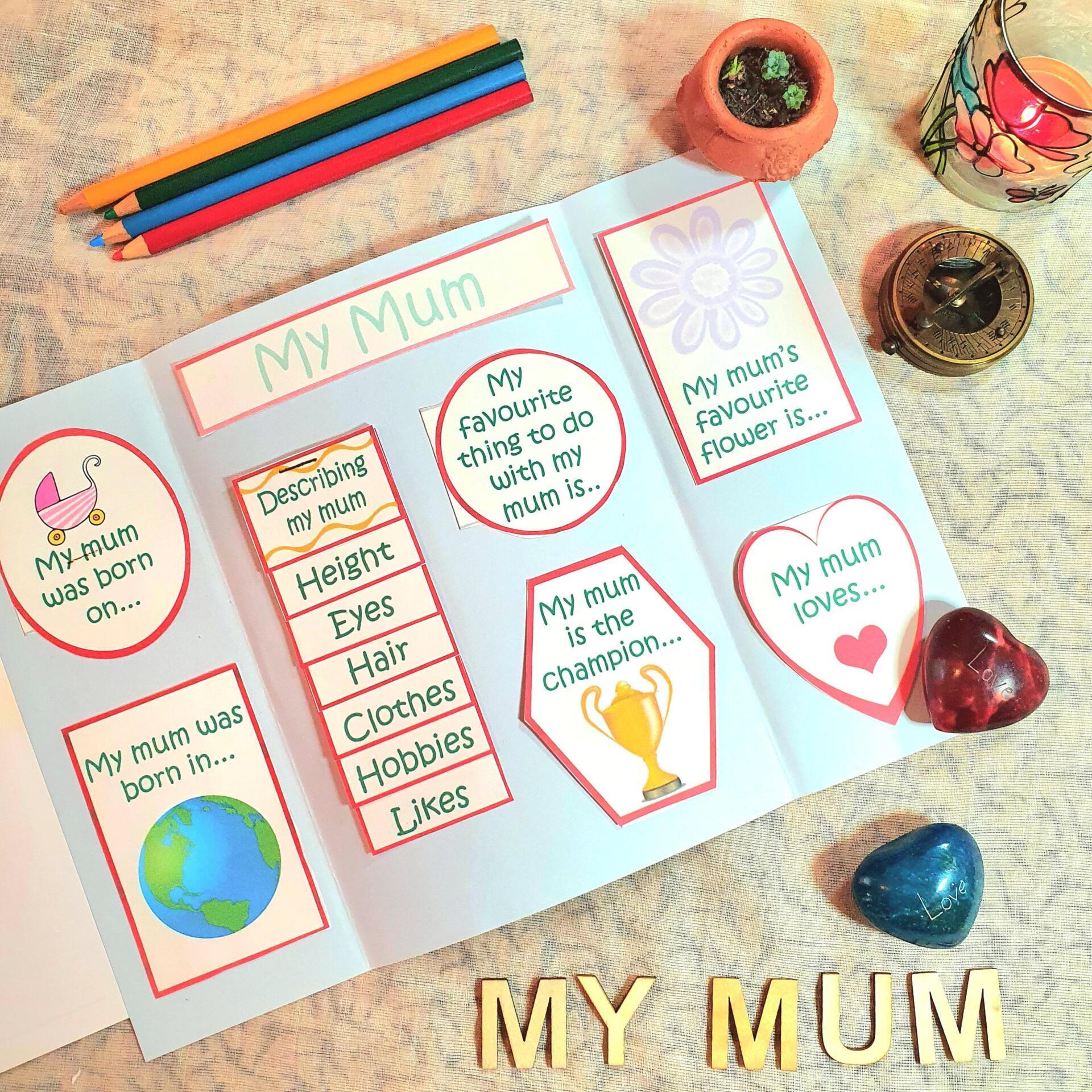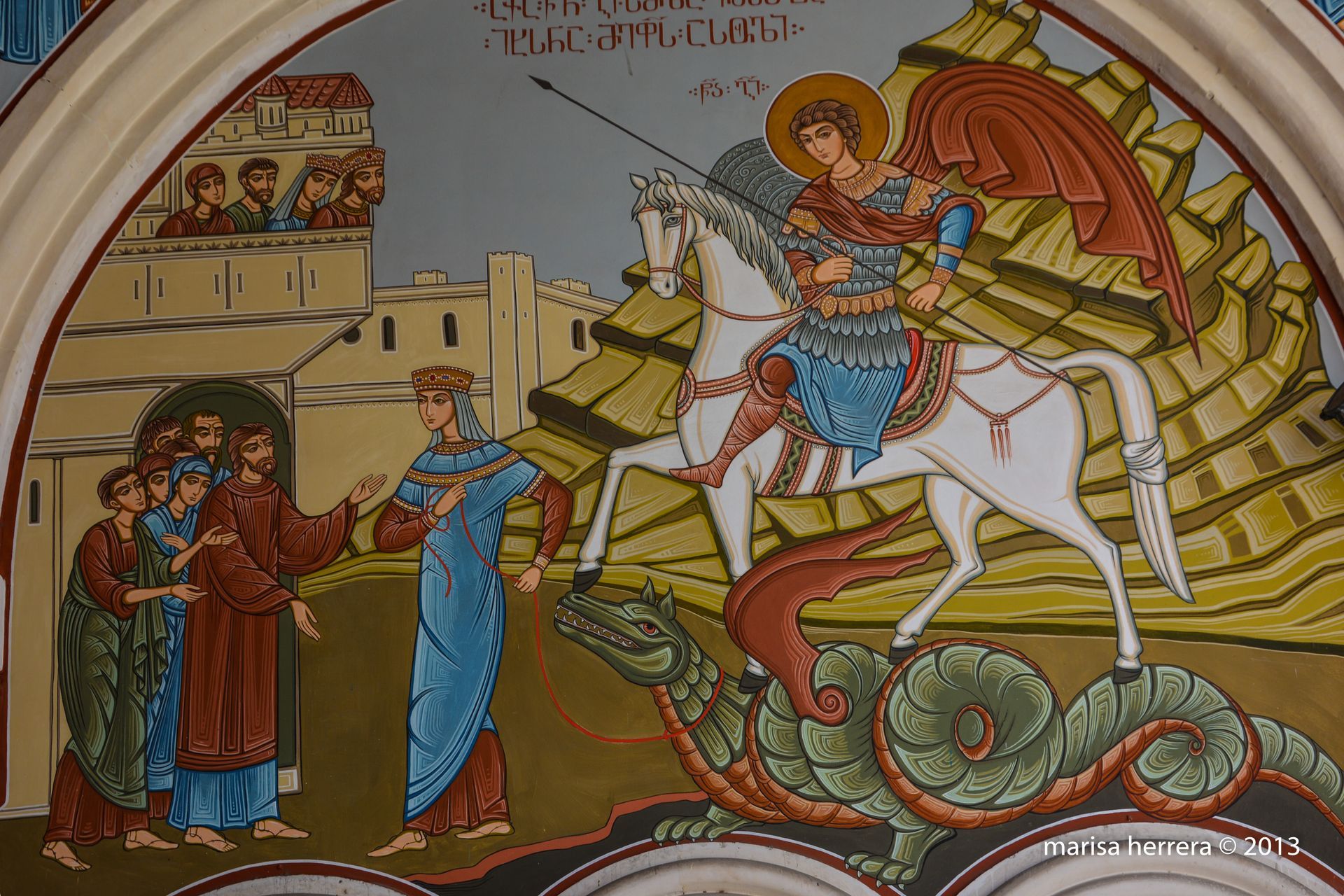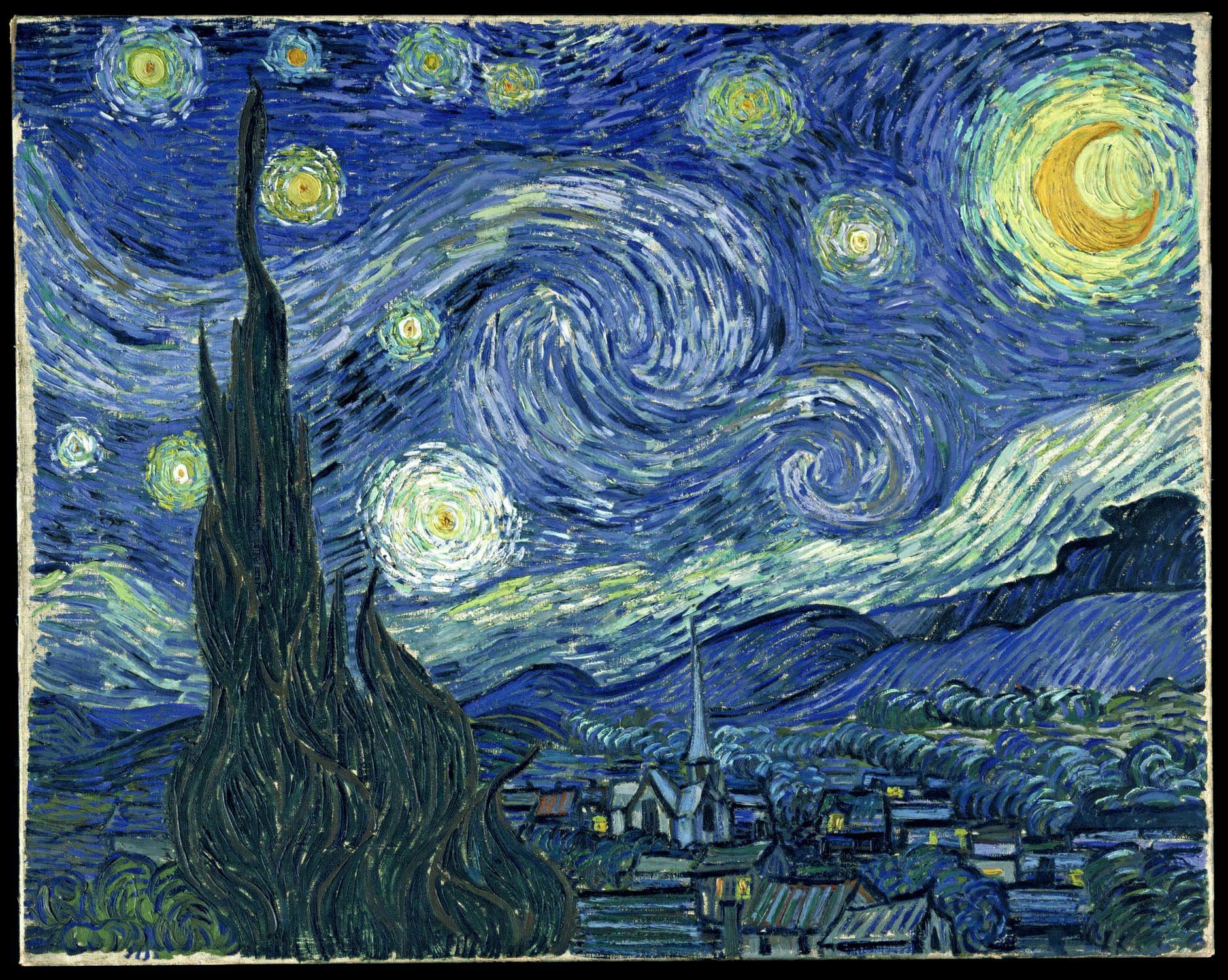Let's Explore Mother's Day
Exploring History and Traditions
These days, Mother's Day is associated with cards, flowers, chocolates and, if you're lucky, breakfast in bed 😊 It has become a day to celebrate mothers and an opportunity to show our thanks for all they do for us.
How did it all begin?
It's not exactly clear when the celebration of Mother's Day began but, in the British Isles at least, Mothering Sunday has taken place on the fourth Sunday in Lent for centuries. Lent is a time observed by many Christians as a preparation for the mysteries of Easter. It starts on Ash Wednesday (the day after Pancake Day/Shrove Tuesday) and ends on Easter Sunday. Many Christians observe Lent by fasting and taking part in special study groups.
A mother church is the church in which a person is baptised. Historically, baptisms used to take place in the nearest cathedral or the main local church rather than the smaller parish churches that people attended for weekly Sunday service. On Mothering Sunday, it was traditional for Christians to make a pilgrimage to their own mother church.
Mothering Sunday became a day of family reunions. Children as young as 10 often left home to go into service or become apprentices, with very few holidays. Consequently, they rarely saw their families, but they were given the day off work to travel to their mother church. As they walked along the lanes, they picked wild flowers to give to their own mothers and it is believed that this is how the tradition of giving flowers on Mothering Sunday began.
How did Mothering Sunday get its name?
The Anglican church has set readings for the different Sundays of the year and the Epistle for the 4th Sunday in Lent speaks of Jerusalem as the Mother of us all, whilst the Gospel reading for the day is the feeding of the 5,000, or the alternative reading about Jesus giving care of his mother to the disciple that he loved.
This special Sunday is also known as Refreshment Sunday, a day on which the fasting rules of Lent are relaxed and Simnel Cake is sometimes served. (Simnel cake has a much closer association with Easter these days.) Other names for the day are Laetares (Latin for rejoice) Sunday and Rose Sunday.
How did it become the celebration we know today?
Well, by the early 20th century, Mothering Sunday traditions were becoming less and less important in England, much to the dismay of Constance Penwick-Smith, a vicar's daughter from Nottinghamshire. She was inspired by the establishment of an officially recognised holiday for Mother's Day in America. There, this special occasion is celebrated in May and official recognition was brought about by the campaigning of Anna Jarvis after the death of her own mother in 1905.
Constance wrote a book called
The Revival of Mothering Sunday in 1920. Along with her friend Ellen Porter, she established a Mothering Sunday movement and revived the special traditions of the day in the UK and across the British Empire. The revived Mothering Sunday celebrations focussed more on motherhood than the mother church and was encouraged by the Girl Guide and Boy Scout movements. Constance aimed to take the observance of Mothering Sunday beyond the confines of the Anglican church and she obviously succeeded as the day is now celebrated widely, within both the religious community and secular society alike.
Get creative with the
My Mum Mini Lapbook, perfect for making memories on any day of the year 😊
Happy Mother's Day & Happy Exploring!
photo credit: Daffodils by Annie Spratt




